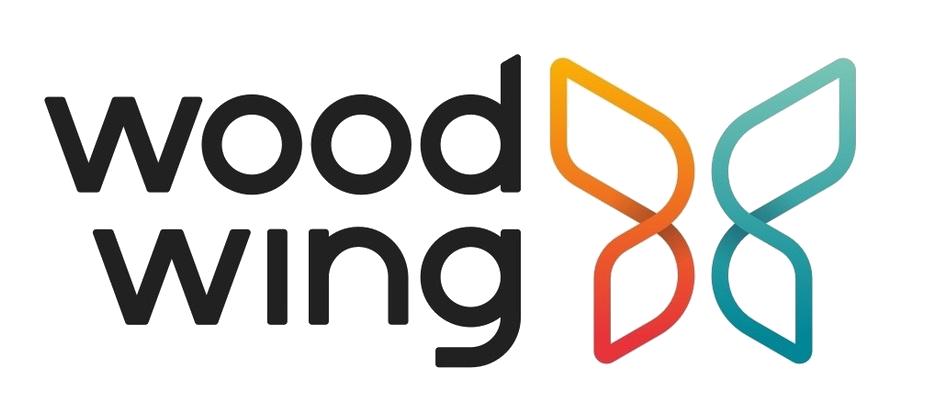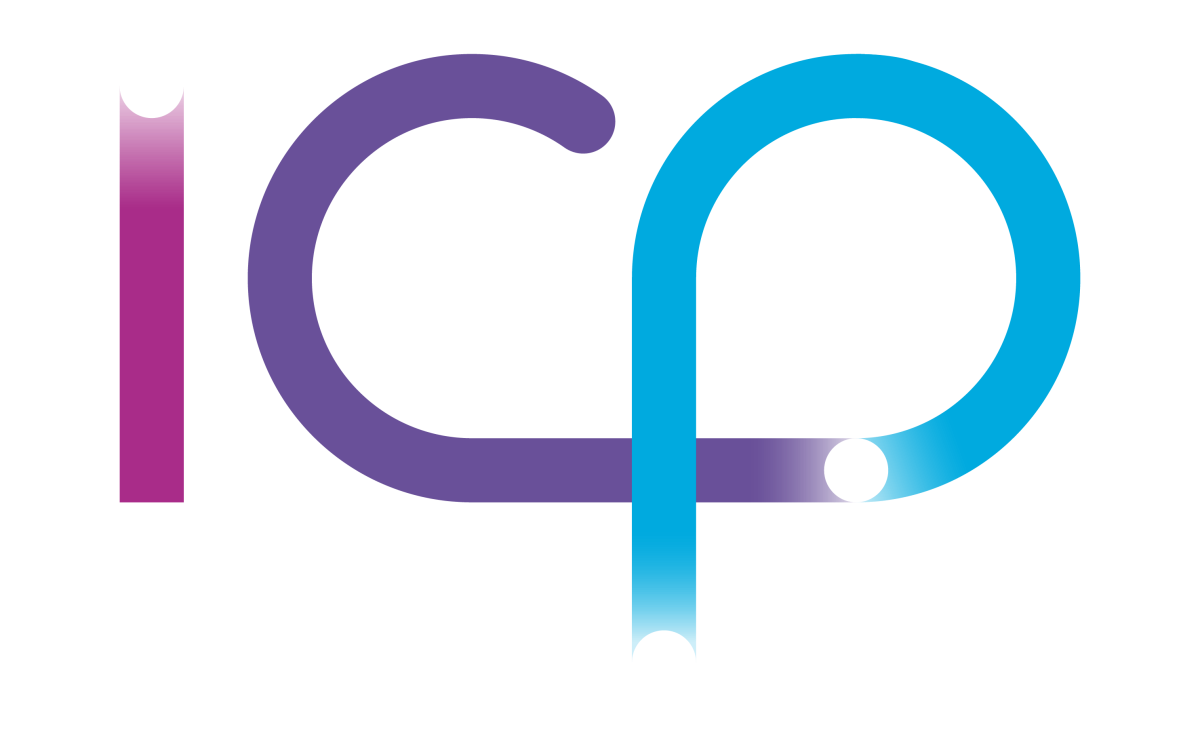First Sessions Announced
We are busy developing an exciting agenda for DAM Sydney 2024 so keep your eyes peeled for details. Register here to be the first to hear about new sessions and speakers!
In the meantime, check out the exciting sessions below:
How to Identify and Fix an Unhealthy Taxonomy – Reviving Your Menu
Question:
- How do you start to fix an old taxonomy?
- What do you do when you realise that while the original taxonomy was created with the best intentions, with the passage of time it no longer meets the needs of the users, nor the organisation it was meant to serve?
The story of an implementation taxonomy which was no longer fit-for-purpose. What the multifaceted J.R. Simplot Company (the major producer of many household food brands in Australia) did.
The metadata terms available to describe and organise the assets within the DAM was not sufficient; users were confused, and management wasn’t seeing the need to make the big changes required.
This story has a happy ending. J.R Simplot Company librarians worked out the answer and now share what they did.
Covering:
- Identifying the unhealthy parts of your taxonomy.
- Designing a better set of metadata terms.
- Best practices of taxonomy design.
- The importance of continual refining and reviewing to keep things fresh – listen to the users.
- Getting buy-in from senior leaders and management vs. taking initiative.
- Seeding change within a large enterprise – key drivers in change management.
Joe Hess, DAM Digital Librarian, J.R. Simplot Company
Ensuring a Robust Content Supply Chain – DAM’s Critical Role
DAM is a foundational building block. It’s an important link in the content supply chain.
The traditional scope of DAM is to maintain control of and to access digital assets, but this is often challenged by an ever-changing content supply chain.
Covering:
- Why the supply chain must be kept secure.
- Vendor engagement.
- Consultation and collaboration with internal stakeholders.
- The significance of the DAM across the content lifecycle.
- Driving technical developments and streamlining production for workflow efficiency.
- Defining optimisation opportunities and quick wins.
Chris Lang, DAM Librarian, University of New South Wales
How to Plan and Design Integrations for a DAM Ecosystem
A modern DAM does not live in isolation. In every organisation it is a foundation platform that intersects with key functions.
Rich assets and their associated content and metadata are integral to a healthy ecosystem where data, information and knowledge are all shared and augmented to optimise business processes, perform operational functions and provide enhanced experiences via automated content delivery to consumers and employees.
In this session, how to integrate DAM platforms with CRM, PIM, ERP, MarTech and complex data sources is explained.
Covering:
- What to consider when planning an integration with a DAM.
- Identifying the type of integration that is needed and avoiding pitfalls.
- Designing and documenting an integration between a DAM and multiple other systems.
- How to effectively define business rules, triggers, data flows, and field mappings.
- The importance of a holistic approach including planning for a future state.
- A blueprint for a successful integration project.
- Operational management best practice – exploring managing the entire lifecycle from development to updates.
Michael Coorey, Co-Founder and CTO, Creative Folks IT
Jorgen Jansson, Senior Lead Consultant, Creative Folks IT






